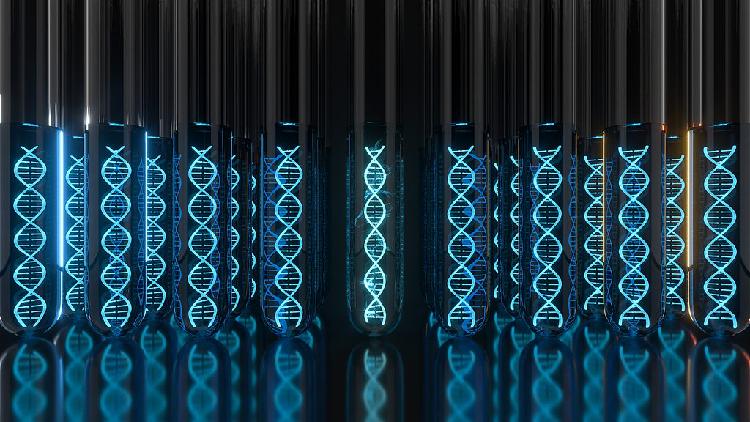Researchers Achieve Breakthrough in Storing Brain MRI Data on DNA
Tianjin University's Frontiers Science Center for Synthetic Biology, in partnership with Tianjin Huanhu Hospital, has achieved a significant advancement in DNA-based data storage. They have unveiled the novel DNA Palette coding scheme.

This innovative approach allows for the successful encoding of brain magnetic resonance imaging data into DNA, alongside lossless decoding and the three-dimensional reconstruction of imaging data. This breakthrough paves the way for the creation of sophisticated medical data storage technologies.
The findings from this study have been published in the National Science Review.
Brain MRI scans are crucial for clinical diagnosis, surgical planning, and treatment evaluation. However, the extensive data produced during these scans presents considerable challenges for long-term storage solutions.
This challenge is particularly pressing for conditions such as juvenile Parkinson's, epilepsy, and neurogenetic disorders, as continuous accumulation and analysis of data are vital in these cases. Existing storage methods are often insufficient to handle the demand for large-scale, long-term data retention.
DNA has emerged as a promising candidate for data storage due to its exceptional stability and density. The research team from Tianjin University successfully encoded 11.28 megabytes of brain MRI data into around 250,000 DNA sequences, achieving an outstanding data density of 2.39 bits per base.
The encoded oligos—single strands of synthetic DNA—are stored in a dry powder format, weigh only 3 micrograms, and can support over 300 read operations under existing technical standards. This achievement highlights DNA's potential as a long-lasting, efficient, and secure medium for medical data storage.
This study represents an important advancement towards the practical implementation of DNA data storage, providing a new technical pathway for the secure preservation of large volumes of medical data and promoting the wider adoption of DNA-based storage technologies.
Alejandro Jose Martinez contributed to this report for TROIB News
Discover more Science and Technology news updates in TROIB Sci-Tech












